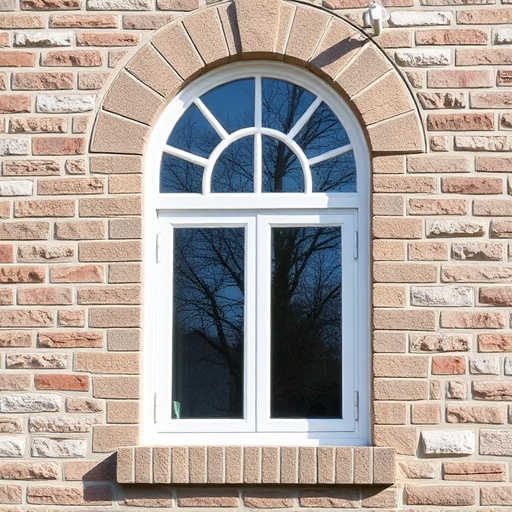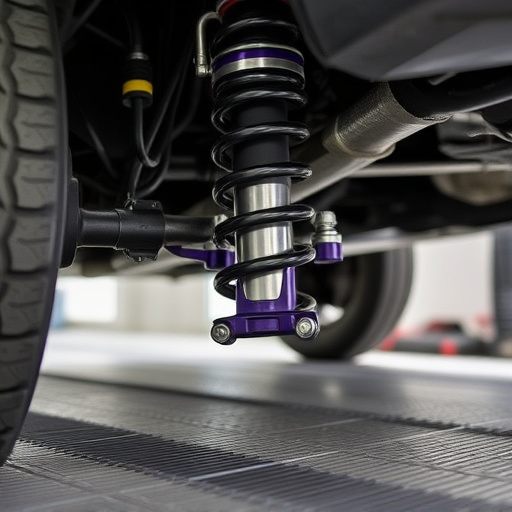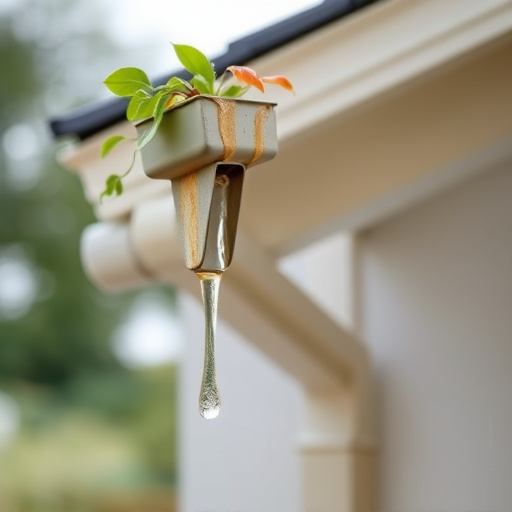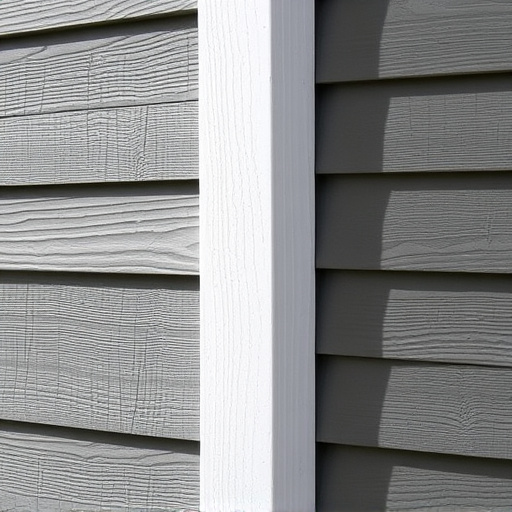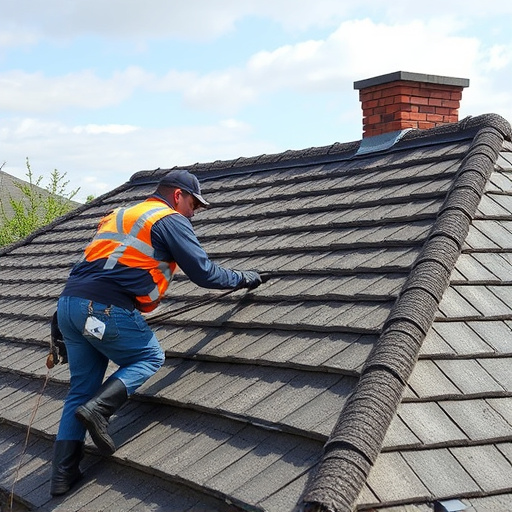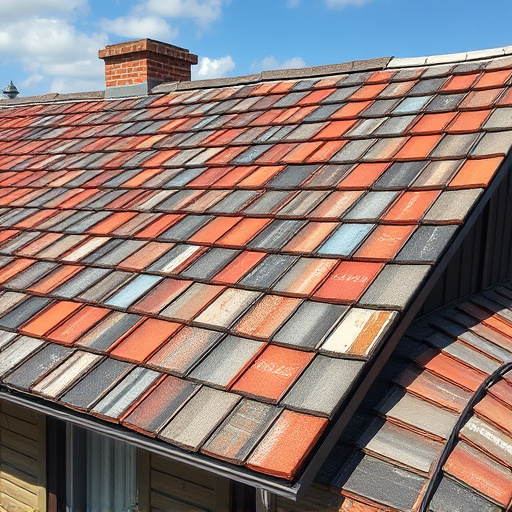When repairing siding, understand material options, considering climate, budget, and aesthetics for longevity and curb appeal. Gather high-quality tools and materials, including nails/screws, measuring tape, safety glasses, cutting tools, shims, and caulk. Assess damage like cracks or missing panels, safely remove them, install new panels, seal joints, prime, and paint to match existing colors for durable results. Consult roofing experts for guidance and recommendations tailored to your specific needs and preferences.
Looking to tackle that much-needed siding repair? We’ve got you covered. This comprehensive guide breaks down the best tools and materials essential for the job, ensuring a sturdy and aesthetically pleasing result. First, let’s explore your siding options – from wood and vinyl to fiber cement boards. Then, discover the must-have tools and supplies for a successful repair project. Finally, follow our step-by-step instructions for effective siding repair that will leave your home looking as good as new.
- Understanding Your Siding Options for Repair
- Essential Tools and Materials for the Job
- Step-by-Step Guide to Effective Siding Repair
Understanding Your Siding Options for Repair

When undertaking siding repair, understanding your options is crucial. The market offers a wide range of siding materials, each with its advantages and longevity. From traditional vinyl to fiber cement and wood, choosing the right material depends on various factors, including climate, budget, and aesthetic preferences. For instance, vinyl siding is low-maintenance and cost-effective but may not be as durable in extreme weather conditions compared to fiber cement, which provides superior protection against wind, rain, and sunlight.
Researching roofing solutions or consulting with roofing services experts can guide your decision. They can assess the current state of your siding, recommend suitable repairs, and offer insights into long-lasting replacement options. Whether it’s siding repairs or a complete overhaul, understanding the material compatibility and longevity ensures that your investment in these essential repairs aligns with your expectations for protection, energy efficiency, and curb appeal.
Essential Tools and Materials for the Job

When tackling a siding repair project, having the right tools and materials is essential for achieving a durable and aesthetically pleasing finish. For effective siding repair, professionals and DIY enthusiasts alike should invest in a few key items. Start with high-quality siding nails or screws to ensure the new panels are securely fastened. A reliable hammer or power drill with corresponding bits will make quick work of installation.
Additionally, a measuring tape is indispensable for accurate cuts and fitting. For cutting and shaping, opt for a versatile tool like a circular saw or utility knife, depending on your preference and panel type. Protect yourself from debris with safety glasses, and don’t forget to include siding shims and caulk in your kit—these are crucial for sealing gaps and ensuring water tightness, especially when dealing with complex rooflines or surrounding siding and gutters.
Step-by-Step Guide to Effective Siding Repair

Repairing your siding is an essential aspect of maintaining the curb appeal and structural integrity of your home. Here’s a step-by-step guide to help you effectively tackle this project, ensuring long-lasting results. Begin by assessing the extent of the damage. Inspect your siding for cracks, chips, missing panels, or any signs of storm damage repair needed. This initial evaluation will determine the scope of materials and tools required for the job.
Next, gather all necessary tools and exterior home improvements supplies. You’ll need a variety of items like a hammer, pry bar, replacement siding panels, caulk, primer, and paintbrushes. Once prepared, carefully remove any damaged or loose siding using the appropriate tools. Ensure safety by wearing protective gear throughout the process. After clearing the area, install new siding panels, securing them with nails or screws. Seal the joints with caulk for a weatherproof finish. Finally, prime and paint your repaired areas to match the existing color, completing your siding repair project effectively.
When it comes to siding repair, having the right tools and materials is key. By understanding your siding options and equipping yourself with essential supplies, you can effectively fix minor damages and maintain your home’s exterior. Following a step-by-step guide will ensure a successful and long-lasting repair job, keeping your property looking its best. Remember, proper preparation and the right resources make any DIY project, including siding repair, achievable and rewarding.



